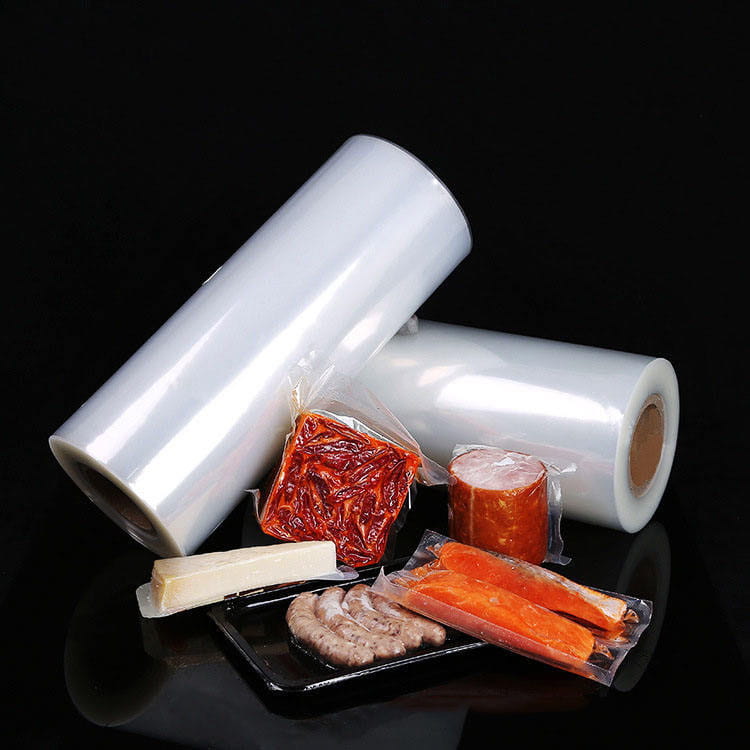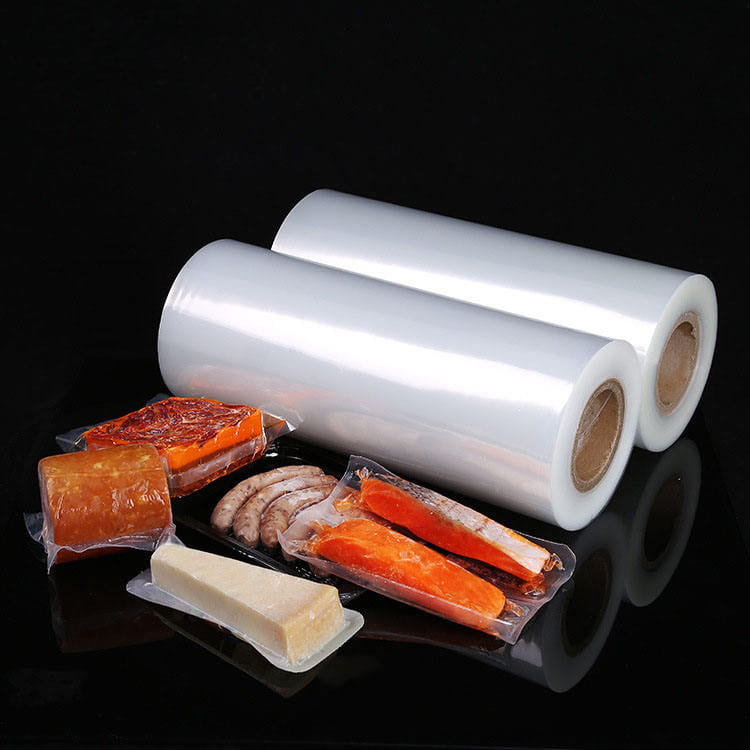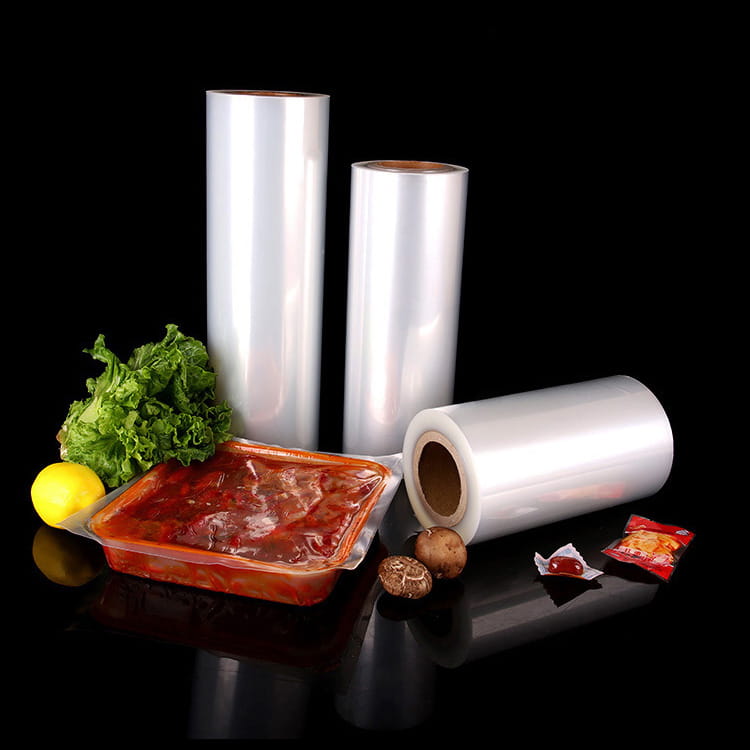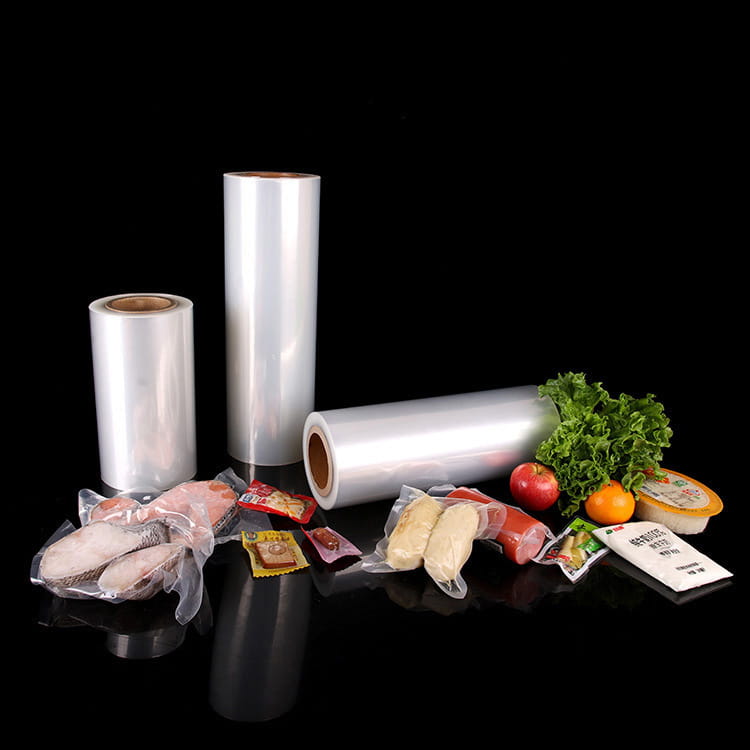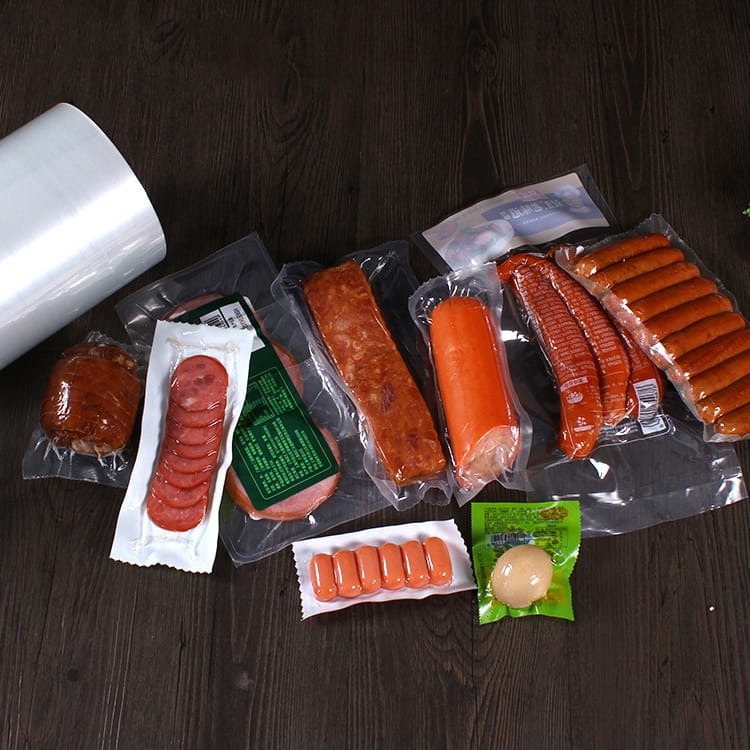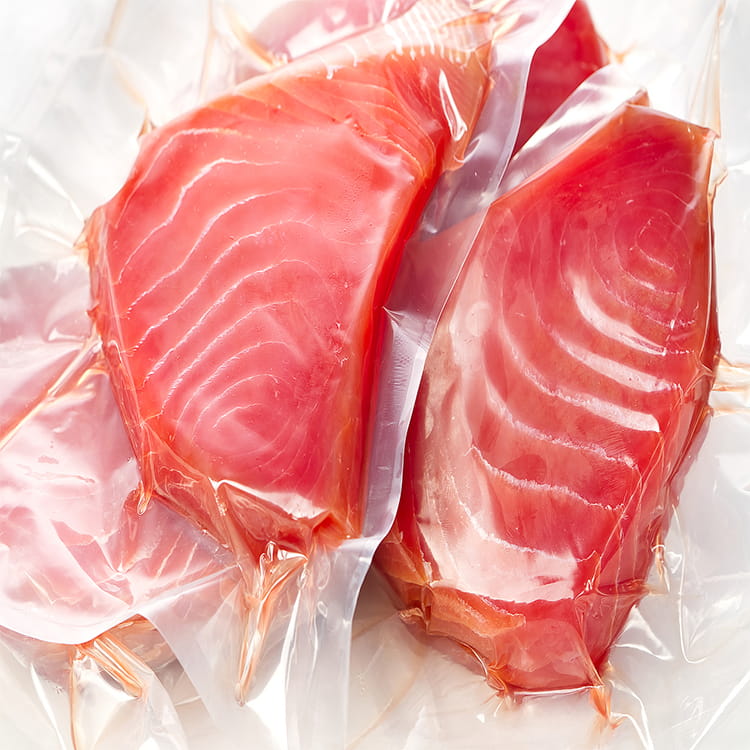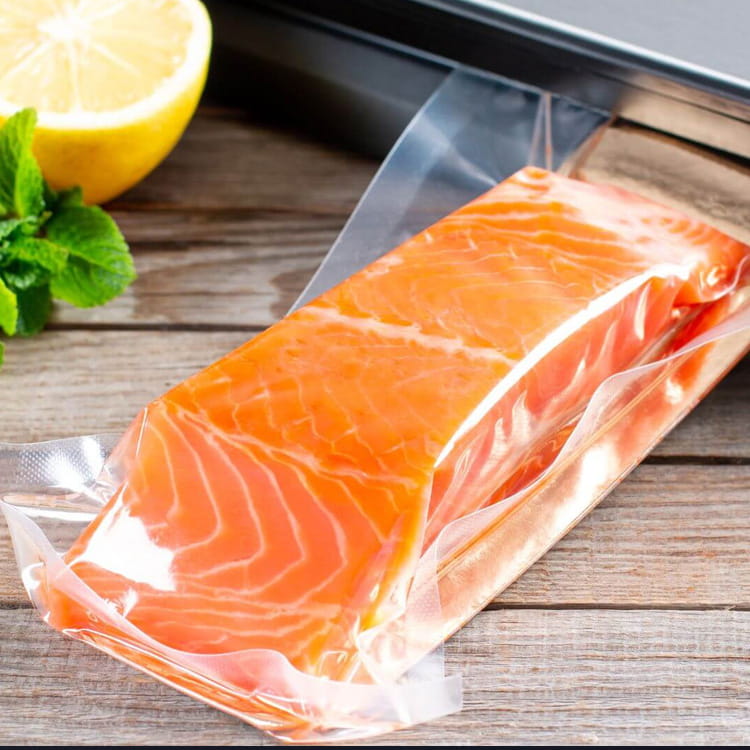In the precision machining industry, substrate protective film is widely used as a protective material, and its performance parameters play an important role in the machining process and the quality of the final product. Among them, thickness and transmittance are two important characteristics of substrate protective film, which will affect the effect of precision machining in many aspects.
1. The influence of substrate protective film thickness on precision machining
The influence on machining accuracy
The thickness of the substrate protective film is directly related to the accuracy of precision machining. In some high-precision machining processes, such as semiconductor chip manufacturing, precision optical component processing, etc., the machining size is often measured in microns or even nanometers. Thicker protective films may form an additional thickness layer on the surface of the substrate, causing the distance between the machining tool or laser and the actual substrate to change, resulting in deviations in the machining size. For example, in the photolithography process, a protective film that is too thick may change the exposure depth of the photoresist, affect the transfer accuracy of the pattern, and ultimately cause the circuit structure size of the chip to not meet the design requirements. On the contrary, although a thinner protective film can reduce the impact on processing accuracy, if the thickness is too thin, its protective performance may decrease and it will be difficult to resist physical damage during processing, such as scratches and collisions. Therefore, when selecting a substrate protective film, it is necessary to accurately control the thickness of the protective film according to the specific processing accuracy requirements, while ensuring the protective effect, and minimize the impact on processing accuracy.
Impact on processing stress
The thickness of the protective film will also affect the stress generated during processing. When performing processing operations such as cutting and grinding, stress will be generated between the substrate and the protective film due to different material properties and deformation degrees. Thicker protective films are more likely to hinder the deformation of the substrate during processing due to their own stiffness and elastic modulus, resulting in increased processing stress. Larger processing stress may cause defects such as deformation and cracks in the substrate, affecting the quality and performance of the product. For example, in metal precision processing, an overly thick protective film may cause the metal substrate to generate large residual stress under the action of cutting force, reducing the fatigue strength and service life of the parts. A protective film of appropriate thickness can buffer the processing force to a certain extent, reduce the processing stress, keep the substrate in a relatively stable state during processing, and improve the processing quality.
Impact on processing efficiency
From the perspective of processing efficiency, the thickness of the substrate protective film also has an important impact. Thicker protective films require more time and effort in the pasting process before processing and the peeling process after processing. During the pasting process, thicker protective films are difficult to evenly fit on the surface of the substrate, and are prone to problems such as bubbles and wrinkles. They need to be adjusted and processed repeatedly, which prolongs the preparation time. After the processing is completed, when peeling off the thicker protective film, due to its strong adhesion to the substrate, it may be necessary to use greater force or special peeling tools, which not only increases the difficulty of operation, but also may cause damage to the surface of the substrate and increase the probability of rework. In addition, thicker protective films may also affect the operating speed of processing equipment. For example, in laser cutting processing, too thick protective films may increase the attenuation of laser energy, resulting in a decrease in cutting speed, which in turn affects the overall processing efficiency. Therefore, a reasonable choice of the thickness of the protective film is crucial to improving the production efficiency of precision processing.
2. The influence of the transmittance of the substrate protective film on precision processing
The influence on optical processing
In the field of optical precision processing, such as lens manufacturing, optical lens processing, etc., the transmittance of the substrate protective film is a key indicator. A protective film with high light transmittance can ensure that light can pass smoothly during the processing process, so that the optical processing equipment can accurately process the substrate. For example, during the lens grinding and polishing process, it is necessary to monitor the surface accuracy and optical performance of the lens in real time through optical measuring instruments. If the light transmittance of the protective film is low, it will lead to insufficient light transmittance, and the signal received by the measuring instrument will become weak, which will affect the accuracy and reliability of the measurement. The processing parameters cannot be adjusted in time, which may cause the key parameters such as the curvature and surface shape of the lens to not meet the requirements, and reduce the optical quality of the lens. In addition, in the optical coating process, a protective film with low light transmittance will affect the uniformity of the illumination of the substrate surface by the coating equipment, resulting in uneven coating thickness, affecting the optical performance and service life of the lens. Therefore, in optical precision processing, a substrate protective film with high and stable light transmittance must be selected to ensure the smooth progress of the processing process and the optical quality of the product.
Impact on laser processing
For laser precision processing, such as laser engraving and laser cutting, the light transmittance of the substrate protective film directly affects the transmission and absorption of laser energy. A protective film with high light transmittance can maximize the penetration of laser energy and act on the surface of the substrate, improving processing efficiency and quality. If the light transmittance of the protective film is low, the laser energy will be greatly attenuated when passing through the protective film, resulting in insufficient laser energy received by the substrate surface, and the expected processing effect cannot be achieved. For example, in the process of laser engraving, a protective film with low light transmittance may make the engraved pattern blurred and insufficient in depth, affecting the appearance and functionality of the product. In laser cutting, the attenuation of laser energy may cause the cutting speed to slow down, the quality of the cut to deteriorate, or even the situation where the cutting cannot be completely completed. In addition, lasers of different wavelengths have different requirements for the light transmittance of the protective film. It is necessary to select a protective film with appropriate light transmittance characteristics according to the specific laser processing equipment and process requirements to ensure the smooth progress of laser processing.
Impact on visual inspection
In the process of precision processing, visual inspection is an important link to ensure product quality. The light transmittance of the substrate protective film will affect the observation and detection effect of the visual inspection equipment on the substrate surface. A protective film with high light transmittance enables the visual inspection equipment to clearly obtain the image information of the substrate surface and accurately identify surface defects, dimensional deviations and other problems. Protective films with low light transmittance will blur the image, reduce the resolution and sensitivity of the detection, and easily lead to some minor defects being missed, which cannot be discovered and handled in time, thus affecting the quality and pass rate of the product. For example, in the assembly process of electronic components, it is necessary to use visual inspection equipment to check the welding quality, pin spacing and other parameters of the components. If the light transmittance of the protective film is low, the inspection equipment may not be able to accurately judge whether the welding point is firm and whether the pins are aligned, increasing the defective rate of the product. Therefore, in order to ensure the accuracy and reliability of visual inspection, it is very important to choose a substrate protective film with high light transmittance.


 English
English عربى
عربى



